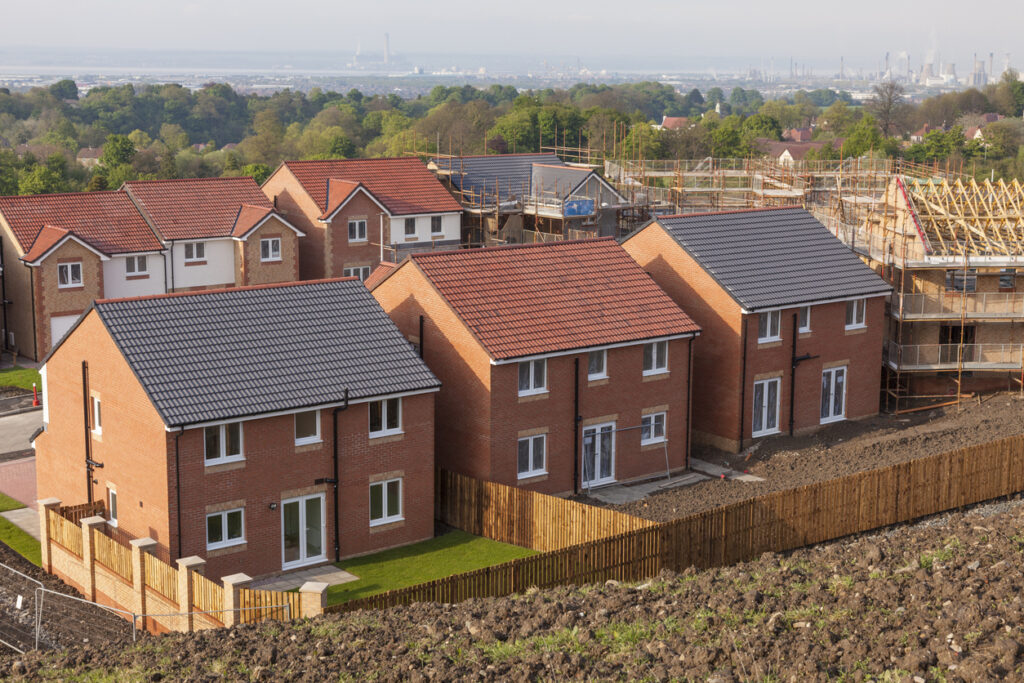You’d probably have to have been living in a cave not to have heard something about what has often been referred to as ‘the biggest change in the construction industry in a generation’. Yes, we’re talking about the Building Safety Bill. We will affectionately just refer to it as ‘bill’.
What you might not know though is that the bill is currently in the final stages of passing into law, with the House of Lords having undertaken the second reading of it on 2 February 2022.
As a result, it is sensible for those in the construction and property industries to be getting to grips with the proposals set out by the bill and developing their understanding of how the bill will affect them.
What is the Building Safety Bill?
The bill is the Government’s response to what it saw as a lack of self-regulation across the construction industry, with the catalyst being the Grenfell tragedy in June 2017. In response to the Grenfell tragedy, the Government commissioned an independent review, the Hackitt Review (led by Dame Judith Hackitt), to investigate building regulations and fire safety in relation to high-rise residential buildings. The Building Safety Bill focuses on implementing the recommendations and principles of the Hackitt Review into law.
Principally, the bill is concerned with the safety of residents in residential buildings and it provides a stringent new regulatory regime that will apply during the design and construction of higher-risk buildings. The bill does this through the introduction of three ‘Gateways’ which will set out specific requirements that must be satisfied at various stages of a development. The three Gateways are: 1. ‘Planning’; 2. ‘Construction’ and 3. ‘Handover’.
Gateway 1, the Planning Gateway, is in fact already in force via amendments to existing planning legislation and requires a fire safety statement to be submitted to the Health and Safety Executive, as a statutory consultee, during the planning stage of a development.
When does the bill come into force?
It is anticipated that the bill will become law between April and July 2022. Thereafter, the implementation of the various provisions of the Bill will be staggered over the course of approximately 18 months.
Why should house builders care?
Admittedly, the focus of the bill centres around high-risk buildings – those which are 18 metres in height, or at least seven storeys and contain at least two residential units. However, the Bill is also set to implement wide reaching changes to the Building Act 1984, Architects Act 1997, the Regulatory Reform (Fire Safety) Order 2015 and the Building Regulations 2010,
To highlight just one proposed change which will be of major significance (assuming it gets passed into law) – the Bill proposes to make drastic changes to limitation periods, i.e. the timeframes in which building owners, homeowners and leaseholders are able to make claims for compensation following the completion of works that are found to be defective. The bill, via amendments to the Defective Premises Act 1972, currently proposes to increase statutory limitation periods for claims bought under section 1 of the Defective Premises Act 1972 as follows:
For work already complete, the limitation period will be extended retrospectively from six years to 30 years; and
For work in progress and completed in the future, the limitation period will be extended from six years to 15 years.
The bill’s proposed changes to limitation periods alone has significant consequences for the construction and property industries in that it leaves all parties open to a potential swathe of claims that would have previously been time barred. Such claims would inevitably be complicated – both factually and legally – and time consuming. As such, record keeping and the retention of documents will be critical.
It should, however, be noted that the bill remains subject to change before it is finally passed. Although, significant changes to the current proposals at this stage seems unlikely. Moving forwards, we will be keeping you updated on the changes set to be implemented and providing our take on the implications that those changes are having across the construction and property industries. Watch this space!
This short article is the first in a series that we have designed to help you navigate your way through the bill as it progresses through parliament and is finally passed into law.








